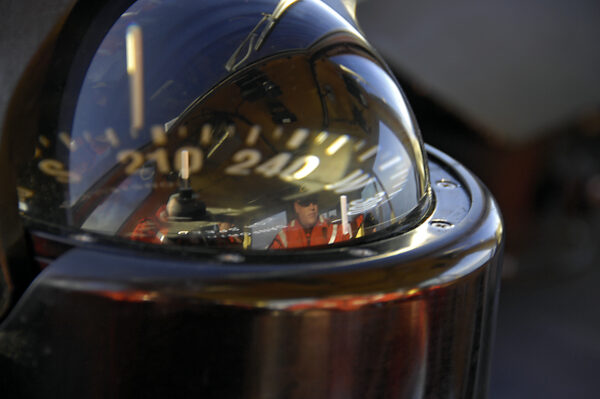
Donate an Artifact
Breadcrumbs
Subpage Navigation
Thank you for your interest in donating artifacts or archival items to the National Coast Guard Museum. The NCGM does not directly accept artifacts or archival items. The Coast Guard Historian’s Office lays out the criteria, requirements and processes for the Service to accept donations related to the history, heritage and material culture of the Coast Guard.
Due to the influx of generous donation offers, the Museum and Coast Guard Historian’s Office ask that all donors send an email along with a list and any photos of the item(s) to history@uscg.mil with a CC to curator.ncgm@uscg.mil.
Please specify the nature of your donation items.
Type of object(s)
- Artifact(s) (uniforms, personal effects, equipment, models, tools, and similar items) Artifact(s) (uniforms, personal effects, equipment, models, tools, and similar items)
- Archival (personal or official papers, records, letters, diaries, scrapbooks and photographs, or other similar items)
- Macro-artifact(s) (Boats, aircraft, vehicles, or other similarly sized items)
Inventory of the object(s) and or archives
- Please list out the objects and or archives with brief descriptions.
Historical background
- Please provide some historical information of the Coast Guard personnel including name(s), rank(s), and any background information on the date, origin, and usage of the donated items.
Locations
- Please provide the current location(s) of the object(s).
Our Process
Please be patient with us as we review your potential donation for acceptance into our collection. We will get in touch with you when we have made our determination regarding your object(s). Please see our webpage for more information on the criteria used to select artifacts for the USCG Heritage Asset Collection: http://www.history.uscg.mil/ourcollections/artifacts/.
Criteria for accepting an artifact into the Coast Guard Heritage Asset Collection:
- Historical significance and context: The item must have a clear connection to the Coast Guard any of its predecessor or related agencies. The item should be accompanied with supporting documentation.
- Relevance: The item must provide historical and educational value. All items accepted should have a historical, education, exhibition, and/or programmatic use.
- Condition and preservation needs: The object must be in fair condition. Curatorial Services must be able to store the item appropriately based on its materials, condition, and needs. If the object is in poor condition, it must have significant relevance and context and must be able to be conserved as part of its long-term storage plans. Curatorial Services must be able to reasonably care for the item in perpetuity.
- Rarity and/or uniqueness: Items of a rare or unique nature that relate to the Coast Guard or any of its predecessor or related agencies may be collected to represent singular and extraordinary aspects of the agencies’ history.
- Duplicates: Items that duplicate material already held in the Heritage Asset Collection will not be collected. Duplicate items will only be considered if the historic context, background, and associated documentation make the item more relevant or rare than what is already in the collection.
- Association or importance of artist or producer: Items associated, used, and/or created by important artistic and Coast Guard figures may be collected.
- Format or size: Reasonable scale will be considered when assessing an item. Objects with sizes that can negatively impact the ability to provide long term care and storage must be carefully considered to ensure that their historical context and value outweigh the costs of care and housing.
-

Petty Officer 2nd Class James E. Walters, a boatswain's mate stationed at Coast Guard Station St. Inigoes, Md., is seen in the reflection of the compass on board a 41-foot utility boat Wednesday, Dec. 3, 2008.
